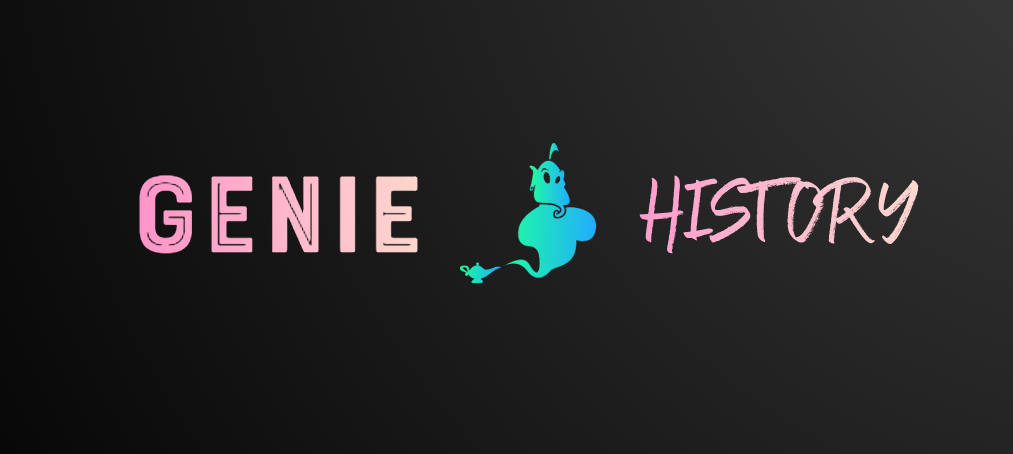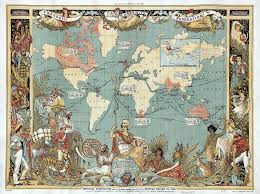I have been a on a roller-coaster of emotions, linked to the current events erupting in America and in Britain. I have clicked on articles calling for curriculum change and become angry: “Well… I do teach this… We do have that in our curriculum… the History teaching community has been working so hard to change their curriculum to offer more diverse stories and experiences.”
Cue an angry rant at my fiancé.
Still grumbling, I sat down to refine and prep the British Empire part of the NEA we offer for Year 12 going into 13 students at school, checking over what avenues I can offer them for the Empire option of the NEA. All looking good. I stop grumbling when I check the textbook.
It is currently in print for the A Level Exam option on the British Empire. I flick to the pages on the Indian Rebellion, they term it the Mutiny (nothing new here I have done this with other textbooks), and cross out the terminology and add the reasons for differences in the name, and the meaning of labelling it a Mutiny in a post-colonial world. It has surprised me that this textbook does not offer that explanation, when others do: how there is a nuance in the terminology (Mutiny, rebellion or First War of Independence) and the term a historian picks, denotes a certain way of thinking they subscribe to.
I would like to point out, it was a Rebellion, because the discontent spread to Northern Villages, upset with British policies such as the Doctrine of Lapse, abolition of Sati and missionary activity in Northern India to convert. Mutiny ignores those stories, and focuses just on the East Indian Company Sepoy’s. One of the leaders of the Rebellion in the Jhansi region was an Indian women known as Lakshmi Bai the Maharani of Jhansi. The Kingdom of Jhansi is no more, after the British Raj was established in 1858, as it was abolished. She was killed in battle, dressed as a man in order to fight. As stories go, hers is a wonderful example of resistance to Emprie (albeit with a bad ending).
In the textbook no mention of how the British media portrayed rebelling Indians as “savages” after the Massacre at Cawnpore, where women and children were killed and dumped into a well, by Nana Sahib. No mention of how it was in fact East Indian Company soldiers who laid waste to the Northern Villages, plundering and raping as they went. No mention of how this was twisted by the British media, showing instead visions of the Sepoys doing this to the women and children at Cawnpore. This view was so prevalent it seeped into literature and helped shaped India as another “other”. None of this was mentioned in this particular textbook.

So I flicked on, scanning through the contents. Very few stories of resistance to empire, very few if any stories of the role of women in building Empire, very few if any stories of the details of scientific racism at the time and how this affected the Imperial gaze on spaces in the British colonies. It was all economic focused. White man focused… The book even called these men “men on the spot” when a more modern update in terminology has them as “men on the ground.” (This one I am less sure on- If you have ideas let me know!)
There is a glaring absence in this textbook of the rich and nuanced stories of the Empire. The different visions of Empire, the different people who built it, but more importantly the stories of those living with or against the Empire.
Then it hit me.
I know this is missing. I am an Empire nerd! I chose to follow it in my NEA (then known as HISX I think) when I was in 6th Form, I chose all options at the University of Sheffield linked to Empire and was fortunate enough to have a brilliant lecturer in my final year who led a module called Contested Visions of Empire. It was led by Esme Cleall, who has done some fascinating work on Missionaries in Empire and disability in Empire.
That also means I know what is missing at GCSE. We do Empire at GCSE instead of Medicine or Crime. It is my favourite module (and is my baby a little bit), but we have added so much extra to the story we show students. All that about the Rebellion and Rani of Jhansi? We teach that at GCSE. Stories of female Missionaries? We teach it at GCSE. Rebellions against Empire? We teach it at GCSE.
They are not in the spec as such, but to leave them absent is a problem.
And here we arrive at the Problem with Empire teaching: not all departments have the time to find and fill the gaps the spec has. Not all departments have specialist teachers teaching History, due to budget cuts or staff shortages. Not all departments will know there are gaps, because History isn’t just one area. History teachers up and down the country have different areas they specialised in. That’s ace! It means we have a diverse range of professional with different areas they know pretty well. Some departments have one hour a week to teach their History, and a lot of content to hit in that hour.
I might know my Empire relatively well… but I have not got a clue about the Stuarts… or anything from Elizabeth I – 1812 which is focused purely on Britain/ England. I don’t teach that, and I have never taken modules at Uni or learnt about it at school. I am also not really understanding of anything Medieval- though that is slowly improving.
History teachers tend to be, by nature, inquisitive, loving History but also very open to different view points.
When I joined teaching in 2015, I was wary of the narrative of the new Empire courses, due to the reforms and who had made the reforms. But I was pleasantly surprised by the GCSE (it names the Indian Rebellion, rebellion…) and I never delved deeper. I now have delved deeper.
Our Year 11 students leave Empire lessons, with a large arsenal of knowledge- BUT they are allowed and encouraged to form their own opinions about it. They even form their own opinion about the Indian Rebellion terminology. No doubt as their world view is expanded and changes over the years those views may change, they may not. Students tend to leave with a very nuanced view of Empire; the sunny and the really bad.
The Problem with Empire teaching is that there are a lot angles one can approach a scheme of work linked to Empire. So many angles. And that’s as a result of how large Empire is. The Empire itself was mammoth, with many spaces with unique tales. But it was also built over a vast period of time: starting with John Cabot in the 1400s and it hasn’t really ended yet.
But the biggest problem with Empire teaching? It is how people way above us, view Empire. This view in the textbook, is linked to the reforms of the content of subjects, and it does push a certain narrative.
The only thing we can do to fix it, is to ensure untold stories are told as much as we possibly can.

